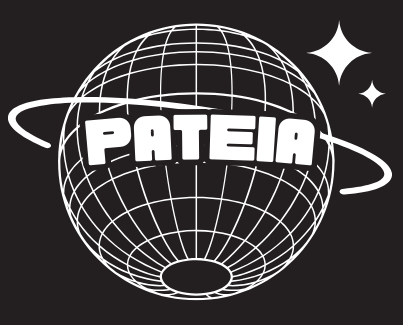Introduction:
Dungeons & Dragons (D&D) is a game of imagination and storytelling, where players embark on epic adventures in fantastical worlds. One way to add depth and richness to your D&D narratives is by drawing inspiration from mythology and folklore. These timeless tales have captivated cultures throughout history, and they can bring a sense of wonder, mystery, and familiarity to your game. In this blog post, we’ll explore the art of incorporating mythology and folklore from various cultures into your D&D narratives, providing you with plenty of examples to ignite your creative spark.
Research and Adaptation:
To incorporate mythology and folklore into your D&D narratives, it’s essential to delve into the rich tapestry of ancient legends and cultural beliefs. Here are a few sources and examples from different mythological traditions:
Norse Mythology: Explore the myths of the Norse gods such as Odin, Thor, and Loki. Adapt stories like the creation of the world from the Ginnungagap or the epic battles of Ragnarok.
Greek Mythology: Dive into the tales of Zeus, Hera, Apollo, and Poseidon. Adapt the Labors of Hercules or the myth of Persephone and the Underworld.
Celtic Mythology: Discover the stories of the Tuatha Dé Danann and mythical creatures like the banshee, leprechauns, or the great hero Cú Chulainn.
Egyptian Mythology: Unearth the mysteries of Ra, Anubis, Isis, and Osiris. Adapt the story of the journey through the Duat or the battle between Horus and Set.
Remember to adapt these myths and legends to fit your unique world and campaign setting, seamlessly weaving them into the existing lore and history.
Legendary Artifacts and Relics:
Mythology often revolves around powerful artifacts and relics that can shape the course of events. Incorporate legendary items inspired by obscure mythological tales into your D&D narratives. Here are some examples:
The Cauldron of Dagda (Celtic Mythology): A mystical cauldron that can provide endless nourishment and healing, but only to those deemed worthy. The players embark on a quest to prove their worth and gain the cauldron’s blessings.
The Mirror of Hathor (Egyptian Mythology): A magical mirror that reveals hidden truths and can transport the user to other realms. The players must decipher ancient hieroglyphs and overcome trials to obtain the mirror’s powers.
Mythical Creatures and Deities:
Mythology is filled with a vast array of intriguing creatures and gods from various cultures. Incorporate these mythical beings into your D&D narratives to add depth and excitement to encounters. Here are a few examples:
Jengu (African Mythology): A water spirit that resides in rivers and lakes, known for granting wishes to those who please them. The players must navigate treacherous waters and win the favor of the Jengu to achieve their goals.
Tengu (Japanese Mythology): Mischievous and powerful bird-like creatures that possess martial arts skills. The players encounter a Tengu master who challenges them to a test of skill and offers valuable knowledge in return.
Prophetic Omens and Oracles: Prophecies and oracles are prevalent in mythology, often guiding heroes on their quests or warning of impending doom. Incorporate these elements into your D&D narratives to create intrigue and suspense. Here are a couple of examples:
Norn’s Thread (Norse Mythology): The Norns, the weavers of fate, have spun a thread for each character. The players receive visions and snippets of their thread, revealing glimpses of their future and influencing their choices.
Chasqui Runes (Inca Mythology): The players encounter ancient stone tablets inscribed with cryptic Chasqui Runes. These runes hold prophecies of great events to come, guiding the players on their journey and unraveling the secrets of their destiny.
Conclusion:
Incorporating mythology and folklore from diverse cultures into your D&D narratives can breathe life into your game world and captivate your players. By researching and adapting myths, legends, and cultural beliefs, you can create a rich tapestry of stories, artifacts, creatures, and prophecies that enhance the depth and immersion of your game. Draw inspiration from Norse, Greek, Celtic, Egyptian, African, Japanese, and countless other mythologies to craft unique and unforgettable adventures. Embrace the magic of these ancient tales and embark on an epic journey of storytelling in the realm of D&D.
Remember, the key is to adapt and weave these mythological elements seamlessly into your world, ensuring they fit the narrative and resonate with your players. So, grab your source materials, let your imagination soar, and embark on a mythical quest that will leave your players in awe. May the gods and heroes of ancient times guide you on your creative endeavors in the realms of D&D!
